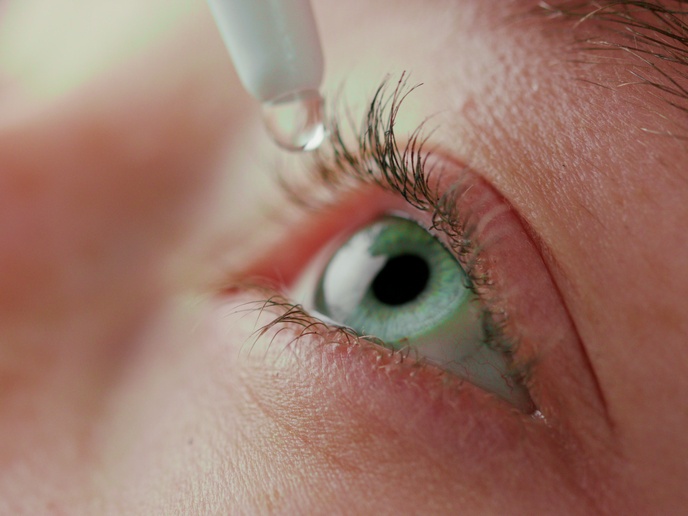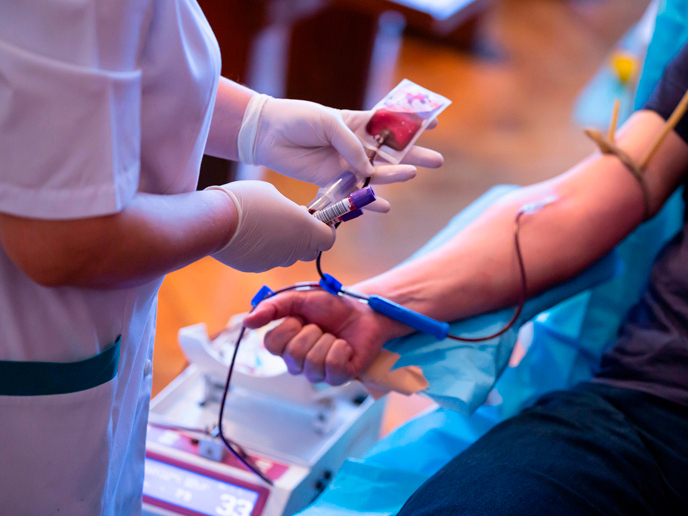Bone fragility – osteoblasts link with TG-interacting factor
Maintenance of bone mass depends on bone resorption executed by osteoclasts (OCs) and bone formation using osteoblasts (OBs). The CROSS-TALK IN BONE (Molecular regulation of osteoblast motility and the bone-vascular niche) project discovered that expression of the gene for TGIF is activated during OB differentiation and could be crucial in OB function and bone formation. Backup for the importance of TGIF comes from knockout (KO) mice that show a low turnover of bone as well as equal reduction of frequency of OBs and OCs. When TGIF KO mice with long bone fractures were examined, they had reduced callus formation, a less consolidated fracture gap and very little woven bone when compared with their wild type counterparts. Physical evidence of impaired OB migration was also evident. In studies on OBs from mouse skull cap and live cell video microscopy, velocity of migration of the cells reduced and meandering increased compared to control mice. Absence of TGIF reduced OB adhesion to critical proteins. Furthermore, in a transwell migration assay, TGIF deficient OBs showed decreased ability to pass the plasma membrane. CROSS-TALK IN BONE research results have confirmed a major role for TGIF in bone remodelling and fracture repair. For the future, researchers plan to extend their work and investigate the molecular pathways behind TGIF action. The new research promises to benefit clinical practices in age-related bone loss.







